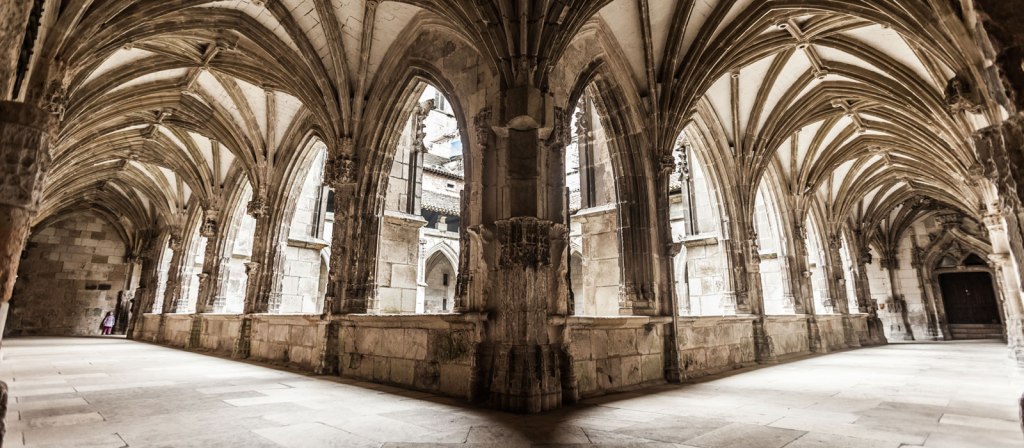Architectural history is a fascinating and diverse field that reflects the evolution of societies, cultures, and technological advancements throughout time. From ancient civilizations to modern-day marvels, architectural achievements have left an indelible mark on our world. In this article, we will explore 15 key moments in architectural history that have shaped our built environment.
1. The Pyramids of Giza (2600-2500 BCE):
The Pyramids of Giza stand as a testament to the grandeur and ingenuity of ancient Egyptian architecture. Built as tombs for pharaohs, these colossal structures were meticulously constructed using limestone blocks and served as symbols of power, spirituality, and eternal life.
2. The Parthenon (447-438 BCE):
Located atop the Acropolis in Athens, Greece, the Parthenon is regarded as one of the finest examples of classical Greek architecture. Dedicated to the goddess Athena, it embodies principles such as symmetry, harmony, and proportion – all fundamental elements still employed by architects today.
3. The Colosseum (70-80 CE):
An iconic symbol of ancient Rome’s engineering prowess and entertainment culture is the Colosseum. This amphitheater could hold up to 50,000 spectators who gathered to witness gladiatorial contests and other spectacles.
4. Hagia Sophia (537 CE):
Originally built as a Christian cathedral in Constantinople (now Istanbul), Hagia Sophia later became a mosque before being converted into a museum in 1935. Its dome construction was revolutionary at its time – inspiring generations with its elegance while blending Byzantine and Ottoman architectural styles.
5. Notre-Dame de Paris (1163-1345 CE):
Notre-Dame Cathedral stands as an exemplary representation of French Gothic architecture known for its pointed arches, ribbed vaults,and flying buttresses.The intricate stone carvings adorning its facade tell biblical stories while its stained glass windows illuminate the interior with a kaleidoscope of colors.
6. Taj Mahal (1632-1653 CE):
A UNESCO World Heritage Site, the Taj Mahal in Agra, India is an architectural masterpiece and a symbol of love. Built by Emperor Shah Jahan as a mausoleum for his wife, it combines Persian, Islamic, and Indian architectural elements in perfect harmony.
7. Palace of Versailles (1661-1710 CE):
The Palace of Versailles near Paris showcases opulence and grandeur at its finest. Designed by Louis Le Vau and expanded upon by architects such as Jules Hardouin-Mansart and Ange-Jacques Gabriel, this royal residence epitomizes French Baroque architecture with its vast gardens, ornate interiors,and Hall of Mirrors.
8. St. Paul’s Cathedral (1675-1711 CE):
Designed by Sir Christopher Wren after the Great Fire of London destroyed its predecessor, St. Paul’s Cathedral is an iconic landmark in the city’s skyline.Rising 365 feet high,it incorporates elements from Renaissance and English Baroque styles while boasting a magnificent dome that offers panoramic views.
9. The Crystal Palace (1851 CE):
Built for the Great Exhibition held in London’s Hyde Park,the Crystal Palace was an architectural marvel constructed entirely of iron and glass.Designed by Joseph Paxton,this innovative structure showcased advancements in industrial technology during the Victorian era.Its success paved the way for modern-day exhibition halls worldwide.
10.The Eiffel Tower(1887-1889CE):
The Eiffel Tower,built to mark the 1889 Exposition Universelle in Paris,is one of history’s most recognizable structures.Engineered by Gustave Eiffel,this wrought-iron lattice tower stands at 1,063 feet tall.Upon completion,it was met with both admiration and criticism but has since become an enduring symbol of France.
11. Fallingwater (1936-1939 CE):
Designed by Frank Lloyd Wright, Fallingwater is a masterpiece of modern architecture nestled in the woods of Pennsylvania.The house harmoniously integrates with its natural surroundings as it seemingly floats over a waterfall.Wright’s emphasis on organic architecture and integration with nature set new standards for residential design.
12. Sydney Opera House (1959-1973 CE):
Designed by Danish architect Jørn Utzon,the Sydney Opera House has become an iconic symbol of Australia.Its distinctive sail-like roof shells are instantly recognizable while its innovative engineering pushed boundaries during construction.Today,it hosts world-class performances across various art forms.
13. Guggenheim Museum Bilbao (1997 CE):
The Guggenheim Museum Bilbao,designed by Frank Gehry,is an architectural marvel that transformed the city’s image.Designed to resemble a ship,this titanium-clad structure showcases fluid curves and bold geometries that challenge conventional aesthetics.Its success propelled the concept of “starchitecture” into mainstream consciousness.
14. Burj Khalifa (2004-2010 CE):
The Burj Khalifa in Dubai,United Arab Emirates,is currently the tallest man-made structure in the world.Standing at 2,722 feet,it showcases cutting-edge engineering and design while drawing inspiration from Islamic architecture.The tower’s sleek form and unique exoskeleton have made it an iconic landmark.
15. The High Line (2009 CE-present):
Transforming disused elevated railway tracks into a linear park,the High Line in New York City exemplifies adaptive reuse.Offering green spaces amidst an urban environment,this public space designed by James Corner Field Operations and Diller Scofidio + Renfro provides locals and visitors with a unique perspective on the cityscape.
These 15 moments in architectural history represent only a fraction of humanity’s rich built heritage.Throughout time, architects have continually pushed boundaries,reimagined possibilities,and left lasting legacies that shape the way we live,explore,and experience our world.

Leave a comment